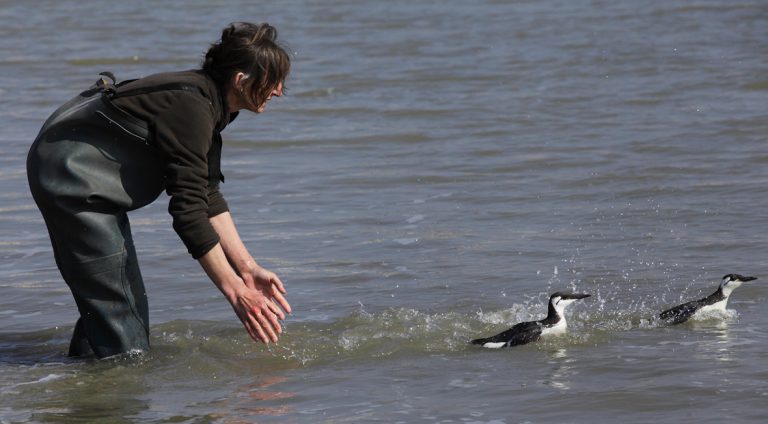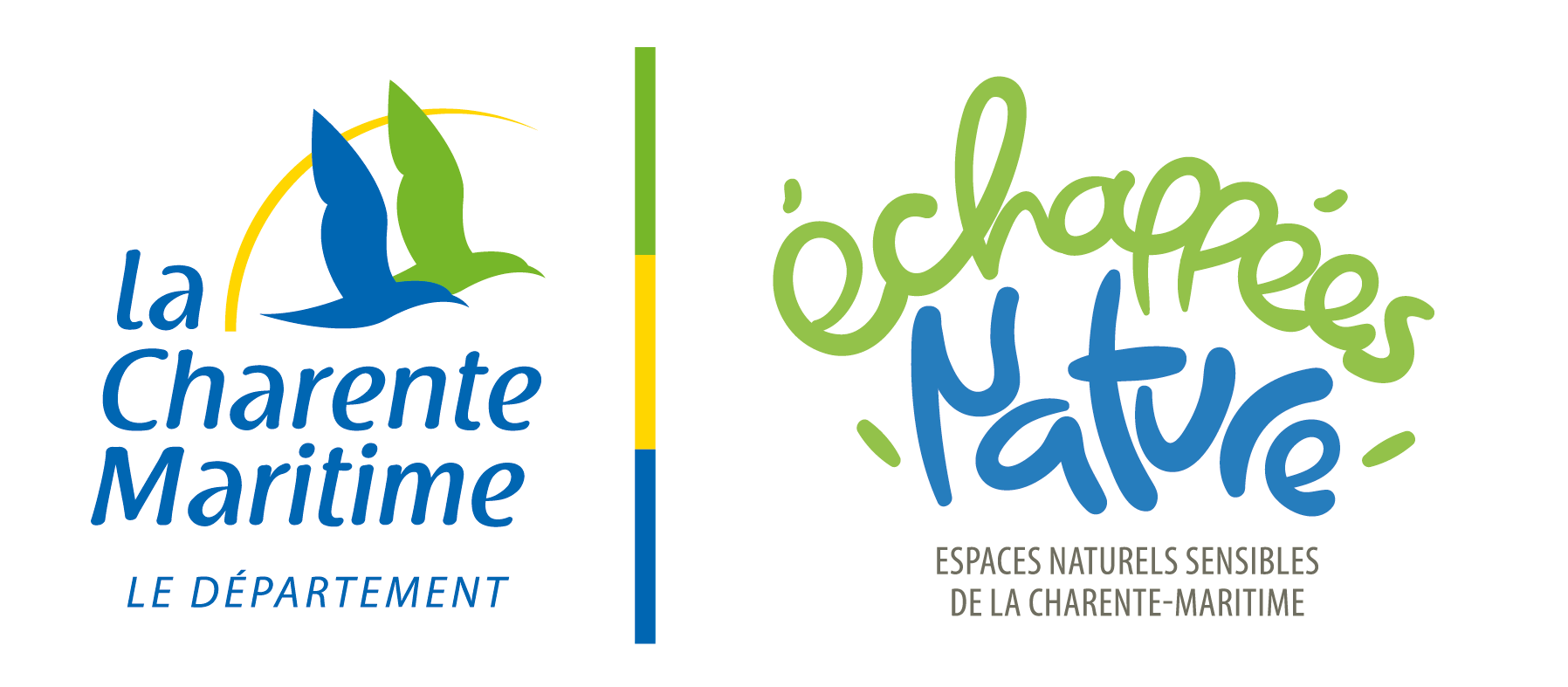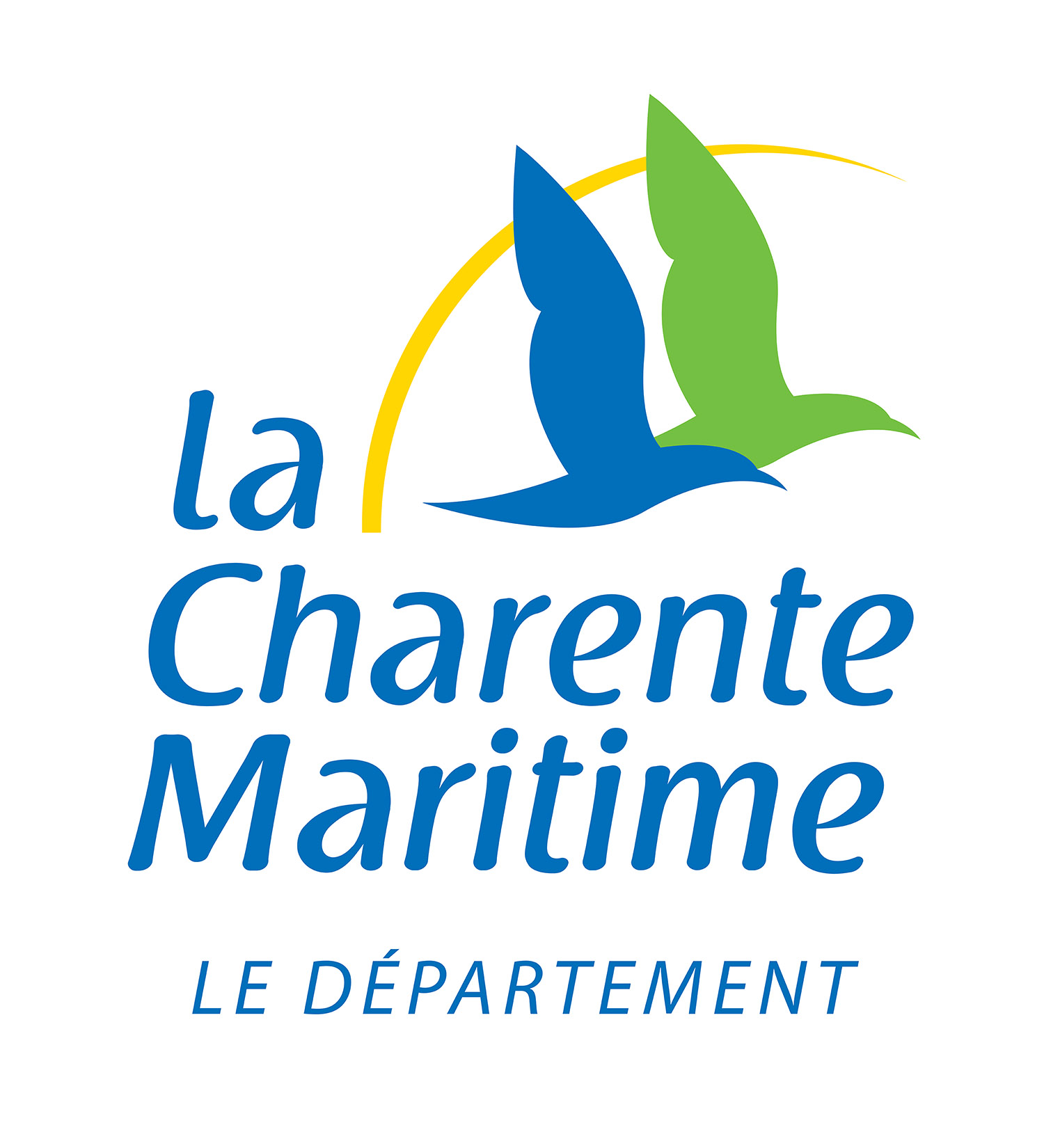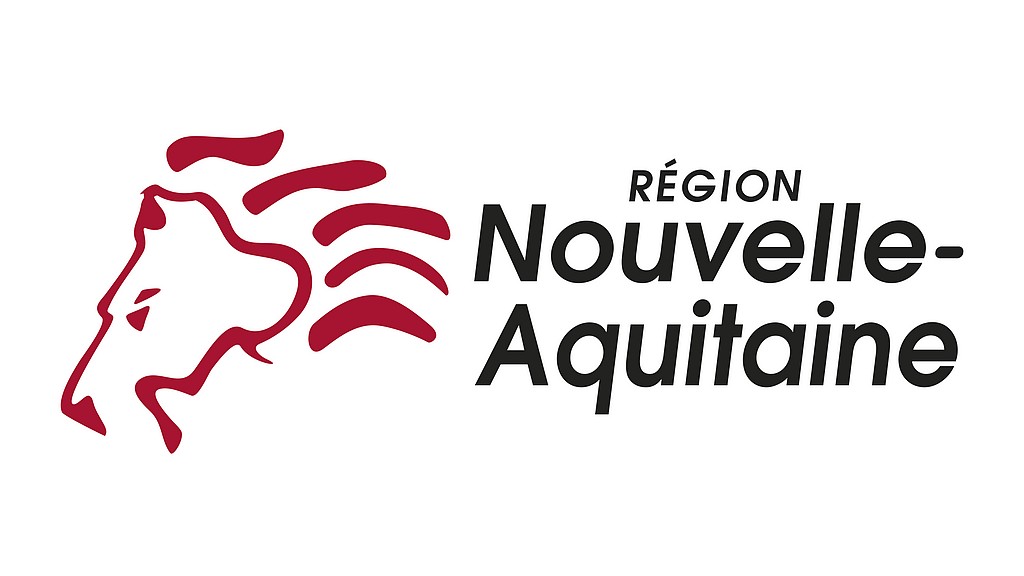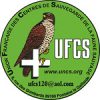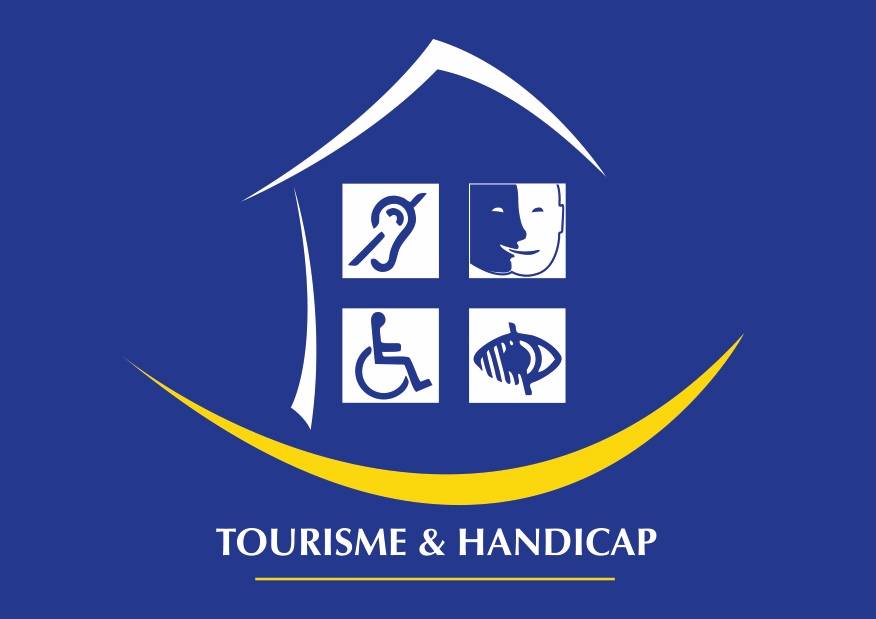Overall assessment (1982-2020)
By and large, over 18 000 animals in distress (being birds 9 times out of 10) – from over 210 species – have been recorded in the center’s entry records since its inception (1,687 in 2020). Five species alone account for one third of the total number of visits: the European Hedgehog (1,423), the Turkish Dove (1,188), the Barn Owl (1,167), and the Black Swift (1,024) and the Kestrel Falcon (986).
On the whole, four causes of reception stand out from the others :
In recent years, there have been significant changes in the species welcomed. In particular, there has been a sharp increase in the number of young passerines and especially European hedgehogs: more than 100 per year from 2016 (193 in 2018, 335 in 2019 and 395 in 2020), compared with less than 20 per year before 2013. By 2020, this species alone will account for 23.4% of all arrivals!
Several weeks of care and rehabilitation are sometimes necessary before an animal can be released: for example, in the case of a broken wing or leg. More than half of the animals cared for by the rescue centre since its creation – excluding those who died in reception – have been released back into the wild. In 2020, the percentage of animals released back into the wild was lower (42.9%), following an unusual mortality rate among European hedgehogs, mainly among those taken in during the autumn and winter.
